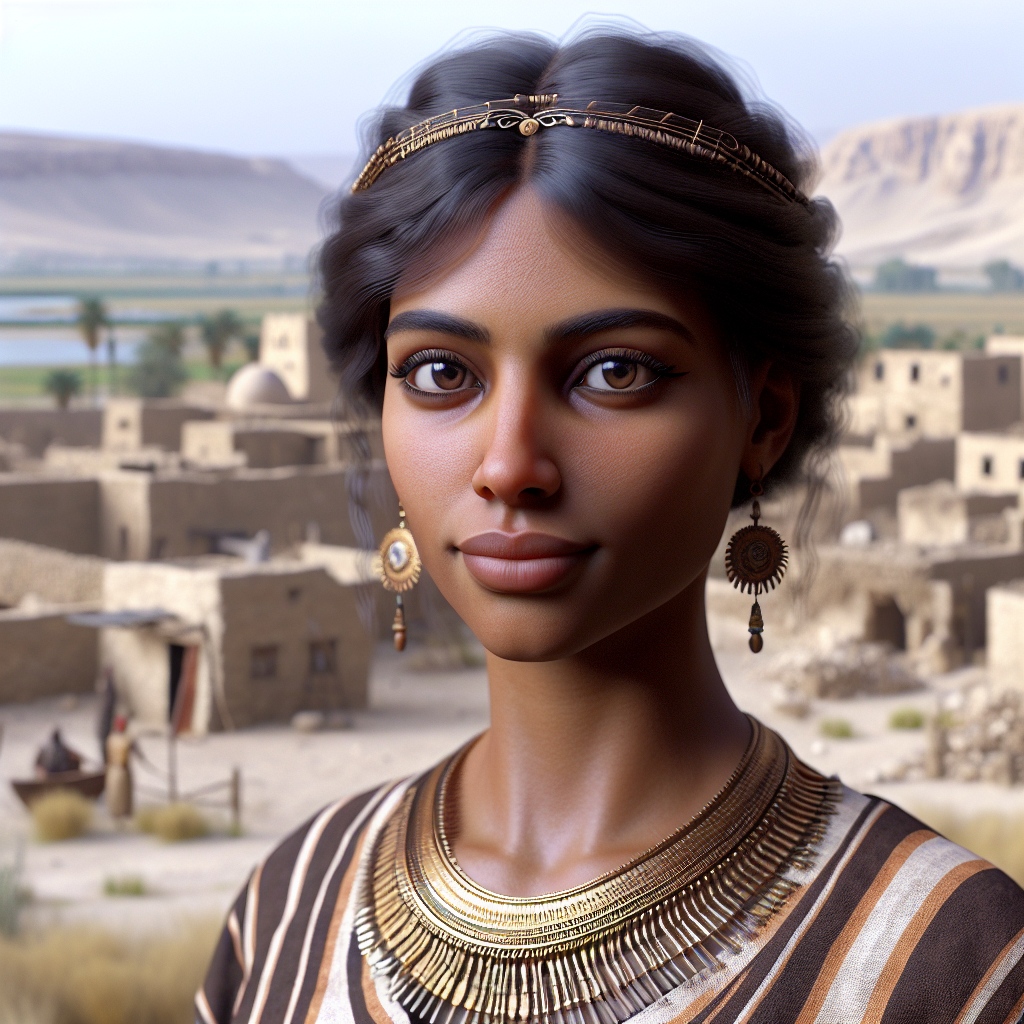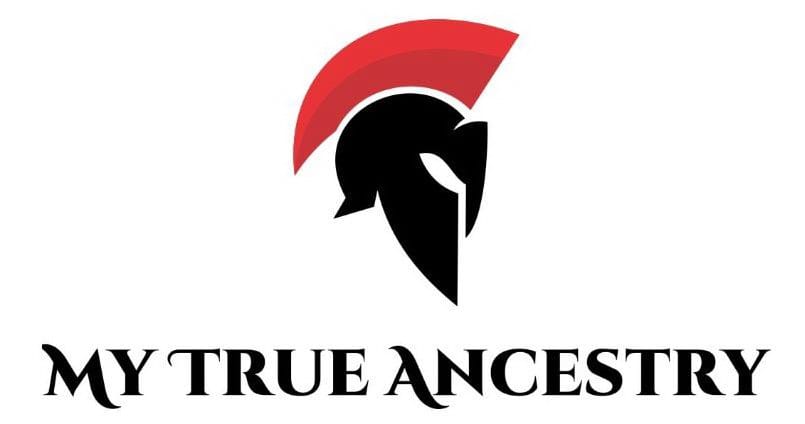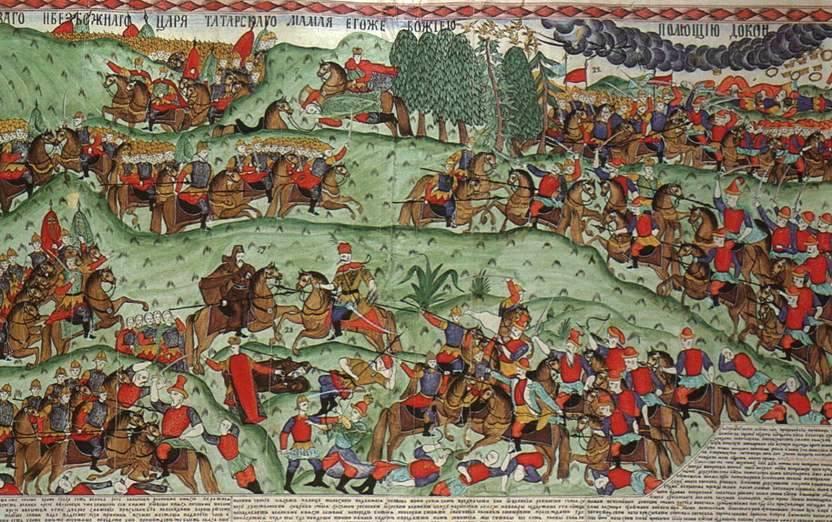Golden Horde Elites: Genetic Insights into the Mongol Empires Ruling Lineage





The Golden Horde, once a formidable frontier of the vast Mongol Empire, has left us with tantalizing glimpses into its storied past. This branch, commanded by the descendants of the legendary Genghis Khan, played an instrumental role in shaping the cultural and political landscapes of Central Eurasia and beyond. The recent excavation of burial complexes in the Ulitau region of Kazakhstan, including mausoleums ascribed to elite members such as Joshi, Genghis Khan's eldest son, invites us into a world of intricate Mongolian politics and culture as seen through the prism of DNA analysis and archaeological discovery.
The sturdily built mausoleums of Ulitau, including those attributed to Joshi and Alasha Khan, have been central to archaeologists' efforts in unraveling the past. Nestled amid Kazakhstan's vast steppes, these grand burial sites offer a window into the lives of the 14th-century Mongol nobles. Four medieval mausoleums, including the famed Mausoleum of Joshi, reveal remarkable artifacts and stories that illuminate this fascinating period in history. These sites, including Alasha Khan, Bolghan Ana, and Ayakkamir, offer treasure troves of golden cups, azure glassware, beautifully crafted saddles, and other precious grave goods that speak to the wealth and cultural sophistication of their occupants.
Unearthed artifacts are rich with cultural significance and reveal the complex blend of traditions that characterized the Golden Horde. The Mausoleum of Joshi contained not only the revered bones of a male and female, but also a camel's head and remnants of medieval attire and leather, suggesting a fascinating mix of burial practices. Another excavation at Bolghan Ana revealed an extraordinary collection including a saddle, a golden cup with intricate lotus motifs, and a shimmering pair of golden earrings, enriching our understanding of the region's artistic heritage. The lotus motif-adorned golden cups bridge multiple cultural epochs, demonstrating the extensive trade networks and cultural exchanges of the era. Meanwhile, the Ayakkamir site was marked by the presence of a bronze cup, standing as silent testimony to the grandeur of these ancient burial grounds.
The findings from genomic analysis tell us as much about the cultural identity as they do the biology of these ancient individuals. The Y-chromosome haplotype investigation links three males, presumed to be tightly-knit by shared paternal ancestry, to the historic haplogroup linked to Genghis Khan's lineage. Through the magic of genomic analysis, scientists have delved into the DNA of these ancient individuals, revealing genetic threads that weave a story of profound Mongolian roots. The elusive C3* Y-chromosome haplogroup, often associated with the legendary lineage of Khan, is a recurring protagonist in this genetic tale, bonding the three male individuals with an ancestral signature that connects them to Ancient Northeast Asians and populations from the Mongolian Plateau.
Spanning from the 13th century, these graves speak volumes of the cultural mosaic that was the Golden Horde, where Islam mingled with traditional Mongol customs. Despite their Islamic embrace visible in burial orientational practices, the presence of animal offerings and luxurious artifacts in graves speaks of a hybrid belief system that characterized this remarkable civilization. The artistry and symbolism etched into grave goods demonstrate the sophisticated cultural exchanges that occurred during the medieval period, when military campaigns and migrations shaped not only trade and conquest but also the very origin stories of these elite figures.
Originally excavated by archaeologist Margulan in 1947 during the Central Kazakhstan Archaeological Expedition, the tomb of Alasha Khan was revisited in 2018, revealing remarkable historical treasures. The tomb, believed to belong to a 55-year-old male, offers a vivid peek into the past, complete with a collection of azure-colored glass weighing around 5 kilograms. Such discoveries invite us to imagine the splendor that adorned the life of this noble individual from the Golden Horde. This discovery highlights trade connections and the sophistication of craftsmanship in the Mongol Empire's golden era, suggesting the high status and wealth of the individual, presumed to be a key figure among the local elite.
The neighboring mausoleum of Joshi Khan houses the remains of a male and female, peacefully resting in separate tombs. With bricks enclosing their forms and their bodies encased in wooden coffins, they lie amidst a curious assortment of grave goods. These include animal bones, a camel skull, and remnants of leather and fabrics. The male individual, aged between 40 to 45 years, adds to our tapestry of historical intrigue. This site offers a glimpse of Mongol familial ties with the simultaneous discovery of both male and female remains in adjacent tombs, speaking to the tangible heritage left behind by the imperial successors and providing a connection to the awe-inspiring history of the Mongol Empire.
This mausoleum stands out for its undisturbed sepulcher, although the skeleton lies without its skull, creating an archaeological puzzle. With dimensions carefully measured at 2 by 0.8 meters and a depth of 1.2 meters, the rectangular tomb was crafted with bricks and capped with a distinctive semi-domed construction. A bronze cup by the right thigh and coins and a small iron jar in the surrounding soil tell tales of a past bustling with ritual significance. The human remains were found lying in an orientation often linked to spiritual beliefs, with arms stretched and legs crossed, offering a glimpse into burial customs. The mausoleum's sacred nature indicates its function as a center of worship and pilgrimage, providing rich tales of past trading and ceremonial customs that flourished before modern times.
An archaeological gem, the Mausoleum of Bolghan Ana reveals a female adorned with a traditional Mongolian robe and boghta headwear, alongside leather boots. The most opulent findings came from this site, where she was interred among an array of precious artifacts. These include a metal mirror, saber, a wooden saddle, and a round golden cup adorned with flower motifs. The golden earrings, dazzling with embedded white stones, add a touch of opulence, along with a bone hair stick, completing a portrait of a noblewoman from the Mongol empire's elite. The craftsmanship of these items showcases the artistic skills of the period and the high status of the buried individual, tantalizingly linked to her identity and social standing within the Golden Horde hierarchy.
Comments